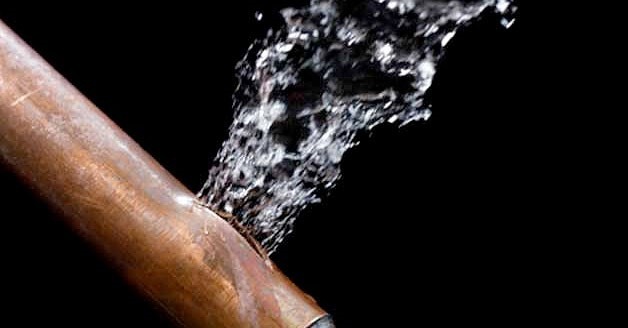6 Ways to Discover Surprise Water Leaks in Your Home
6 Ways to Discover Surprise Water Leaks in Your Home
Blog Article
Just how do you actually feel when it comes to Leaking water lines?

Early detection of leaking water lines can minimize a possible catastrophe. Some small water leakages might not be noticeable.
1. Check Out the Water Meter
Every residence has a water meter. Checking it is a guaranteed manner in which helps you uncover leakages. For starters, turn off all the water sources. Make sure no one will purge, use the tap, shower, run the washing equipment or dish washer. From there, most likely to the meter and watch if it will alter. Since no person is utilizing it, there need to be no motions. If it relocates, that suggests a fast-moving leakage. Similarly, if you discover no changes, wait an hour or more and also check back once again. This indicates you may have a slow leakage that can also be underground.
2. Inspect Water Consumption
If you identify abrupt changes, despite your consumption being the exact same, it indicates that you have leaks in your plumbing system. An abrupt spike in your bill indicates a fast-moving leakage.
At the same time, a steady increase on a monthly basis, despite having the very same habits, reveals you have a slow-moving leakage that's also gradually escalating. Call a plumber to completely inspect your property, particularly if you feel a warm location on your flooring with piping below.
3. Do a Food Coloring Test
30% comes from commodes when it comes to water intake. Examination to see if they are running effectively. Decrease specks of food color in the tank as well as wait 10 minutes. There's a leakage between the container as well as bowl if the color somehow infiltrates your dish throughout that time without flushing.
4. Asses Exterior Lines
Do not forget to check your exterior water lines as well. Needs to water permeate out of the link, you have a loosened rubber gasket. One small leakage can squander loads of water as well as increase your water costs.
5. Inspect and Examine the Scenario
Property owners ought to make it a practice to inspect under the sink counters and also also inside closets for any bad odor or mold and mildew development. These two warnings suggest a leak so punctual focus is required. Doing regular inspections, also bi-annually, can save you from a major trouble.
Inspect for discolorations and also compromising as a lot of devices and pipes have a life span. If you believe leaking water lines in your plumbing system, do not wait for it to rise.
Early detection of dripping water lines can mitigate a possible catastrophe. Some tiny water leakages may not be visible. Examining it is a proven method that helps you discover leaks. One small leak can lose heaps of water and also surge your water expense.
If you believe dripping water lines in your plumbing system, do not wait for it to escalate.
How to Know If Your Home Has a Hidden Leak
Water Meter Reveals Inexplicable Water Usage
If you’d like to test whether or not there’s a leak somewhere in your home, you can do this using your water meter. Here is how to conduct the test:
Don’t use any water in your home for at least 30 minutes; this also means not turning on faucets or water-using appliances.
Go outside, and check your water meter for activity.
If your water meter shows that there was activity, even though no one was using any water, this proves that there is a leak in your home.Visible Mold or Mildew Growth
Leaks behind walls create moist, dark environments that allow mold and mildew to grow and thrive. Eventually, you might see mold growth forming on the wall closest to a hidden leak.
If mold is growing in an area that receives a high amount of moisture, such as a bathroom, it may simply be an indication that better ventilation is needed. However, if you see mold growth on a wall or the ceiling in an area where you would not expect, you probably have a hidden leak.
Musty, Mildew Odor
Sometimes you might not be able to see the mold or mildew that is growing as a result of a leak. However, the smell can give the problem away just as easily. If you catch a whiff of something musty, there’s a good chance that old water is collecting somewhere in your home that you can’t see.
Stained/Warped Walls, Ceilings, or Floors
When your home soaks up water, a variety of red flags can become visible, including ceiling stains, bubbling drywall, warped walls, and sagging floors. While these issues can be caused by excess humidity, they can also be signs that a pipe or plumbing connection has started leaking behind your walls.
Inexplicably High Water Bill
After a while, you get a general sense for what your water bill should be. If you own a pool or sprinkler system, your bill will tend to be higher during summer. However, if you receive a water bill that seems especially high, and you can’t figure out what caused it, then you may have a hidden leak somewhere that’s increasing your bill.
https://www.plumbingjoint.com/blog/2019/july/how-to-know-if-your-home-has-a-hidden-leak/

As a keen reader about Detecting hidden plumbing leaks, I was thinking sharing that excerpt was really helpful. If you please take a moment to share this blog post if you enjoyed it. Thanks so much for going through it.
Report this page